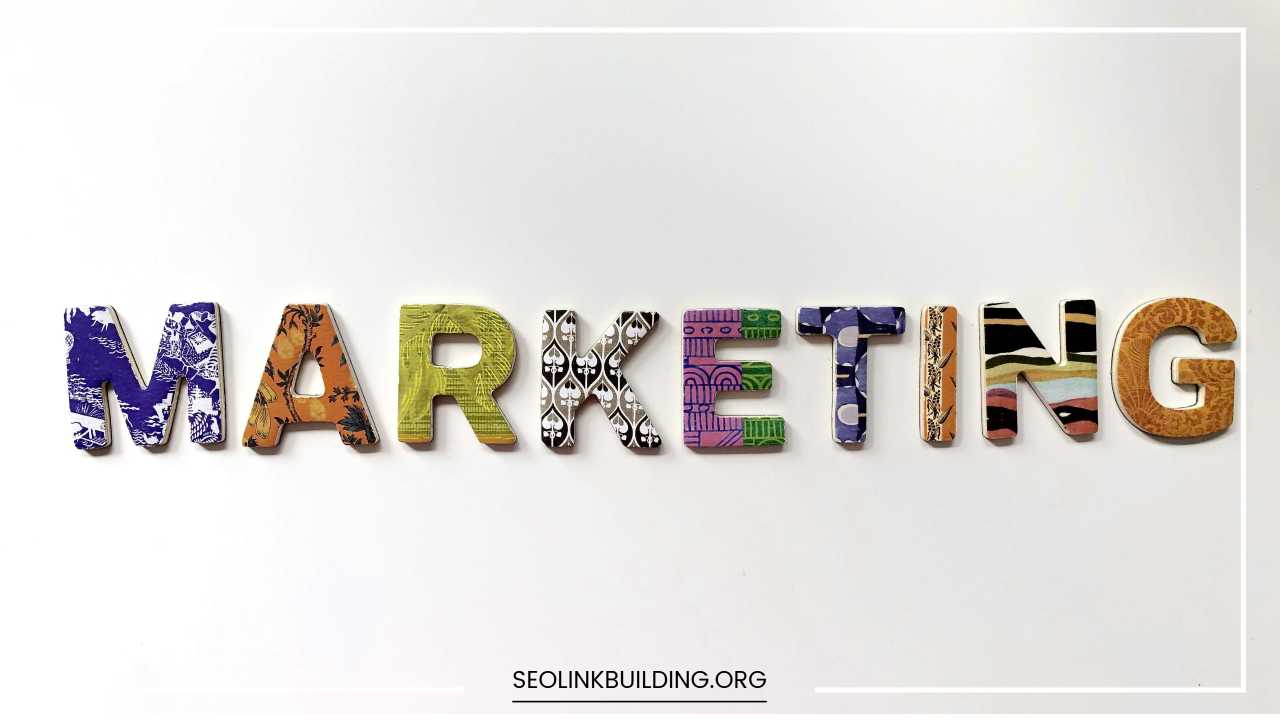The History of Marketing

Marketing
A Long and Winding Road: A Look at the History of Marketing
Marketing. It’s a word we hear constantly, bombarded by messages vying for our attention across every screen and platform. But the concept of marketing stretches far beyond the flashy ads and social media campaigns of today.
It’s a story that winds back millennia, evolving alongside civilization itself. Buckle up, because we’re taking a deep dive into the rich and fascinating history of marketing!
Early Traces: The Seeds of Selling
While the term “marketing” itself is a late bloomer, the practice has roots as deep as human civilization. Even in ancient Mesopotamia (think 1500 BCE!), we see evidence of early marketing tactics. Archaeologists have unearthed clay tablets with product markings, considered to be some of the earliest forms of logos.
These markings served a dual purpose: identifying the product’s origin and subtly influencing potential buyers.
Moving beyond Mesopotamia, we find vibrant marketplaces bustling throughout the ancient world. From the bazaars of the Middle East to the agoras of Greece, skilled vendors employed persuasive communication – the art of the salesperson in its most basic form – to attract customers. These early marketers weren’t just selling goods; they were selling experiences.
They understood the power of storytelling, weaving tales about the origin and quality of their products to capture the imagination of potential buyers.
Beyond the Marketplace: The Rise of Branding
Fast forward a few thousand years, and we see the emergence of a new marketing concept: branding. Branding goes beyond simply identifying a product; it’s about creating a distinct identity that resonates with consumers.
Early examples of branding can be found in ancient China, where artisans used specific markings to signify the origin and quality of their work.
Branding truly began to flourish in the medieval era. Guilds, associations of craftworkers, developed trademarks to distinguish their products from those of their competitors. These trademarks not only ensured quality but also fostered a sense of trust with consumers.
Additionally, the concept of patronage played a significant role in establishing brand loyalty. Wealthy patrons, who commissioned works from specific artisans, helped elevate the status and reputation of those brands.
The Industrial Revolution: A Mass Production Marketing Boom
The 18th and 19th centuries ushered in a period of monumental change: the Industrial Revolution. With the rise of factories and mass production, businesses were no longer limited by craft-based production. They could now churn out vast quantities of goods, but there was a new challenge – selling them all.
This is where marketing, in a more recognizable form, began to take shape. Print advertising emerged as a powerful tool, with newspapers and pamphlets promoting products to a wider audience.
Pioneering advertisers like P.T. Barnum, with his flamboyant showmanship, captured the public’s imagination and redefined the art of promotion. Colorful posters plastered on walls and public transportation became a common sight, grabbing attention with bold visuals and catchy slogans.
Brands started using packaging strategically, designing labels that were both informative and eye-catching. Think of the iconic Coca-Cola bottle, a design masterpiece that transcended its function and became a cultural symbol.
Department stores, with their organized displays and enticing window dressings, became a new kind of marketplace.
These retail giants employed skilled salespeople who understood the art of persuasion, guiding customers through a curated selection of products and influencing their purchasing decisions.
The 20th Century: The Golden Age of Advertising
The 20th century witnessed a marketing explosion. The invention of radio in the 1920s brought about the age of the radio jingle, creating catchy tunes that burrowed into the minds of listeners. Early jingles were simple yet effective, using repetition and memorable melodies to implant brand names in the public consciousness.
This era also saw the rise of brand mascots, like the ever-grinning Jolly Green Giant, who added a touch of personality to products. Mascots served multiple purposes: they made brands more relatable, especially to children, and helped create a sense of brand trust. Additionally, the rise of public relations (PR) in the early 20th century marked a shift towards shaping public perception beyond just product promotion.
Then came television, forever altering the marketing landscape. The first commercial aired in 1941, and soon, living rooms were filled with captivating (or sometimes, incredibly cheesy) ads. The invention of television allowed for a new level of storytelling, allowing brands to connect with consumers on an emotional level. Early television commercials often resembled mini-dramas, weaving narratives that tugged at heartstrings or evoked feelings of humor.
The Rise of Market Research: Understanding the Why Behind the Buy
It wasn’t all glitz and glamour in the world of 20th-century marketing. Alongside the rise of creative advertising, there emerged a growing focus on understanding the consumer. Market research, the systematic gathering of information about consumers and their preferences, became a critical tool.
Pioneering market researchers like Malcolm McNair of Harvard Business School developed techniques to analyze consumer behavior and identify market trends.
This data-driven approach allowed companies to tailor their marketing strategies to better meet the needs and desires of their target audience.
One of the most significant developments in market research was the emergence of opinion polling. Techniques like surveys and focus groups allowed researchers to gather real-time insights from consumers, providing valuable feedback on products, advertising campaigns, and overall brand perception.
This shift towards a more data-centric approach marked a turning point in the history of marketing, moving beyond simply promoting products to understanding the “why” behind the buy.
The Digital Revolution: A New Era Dawns
The latter half of the 20th century saw the rise of the personal computer and the internet. This digital revolution completely transformed how we interact with information and, unsurprisingly, how we interact with marketing.
The internet ushered in the age of targeted advertising. Marketers could now leverage data to understand their audience better, tailoring messages to specific demographics and interests.
Search engine optimization (SEO) and pay-per-click (PPC) advertising became essential tools for businesses looking to reach their target audience online. Social media’s rise in the early 2000s further amplified this trend.
Suddenly, brands could engage in two-way conversations with consumers, fostering a sense of community and brand loyalty. Platforms like Facebook and Twitter allowed for a more interactive and personalized marketing experience.
The Present and Beyond: The Future of Marketing
Today, marketing is a complex and ever-evolving beast. We’re bombarded with content, and marketers need to be strategic and creative to capture our attention. Here are some of the key trends shaping the future of marketing:
- Content Marketing: In a world saturated with ads, valuable and informative content is king. Brands are creating blog posts, articles, and even video series to educate and entertain their target audience. This approach helps build trust and establish brands as thought leaders in their respective industries.
- Personalization: Gone are the days of generic marketing messages. Today, it’s all about personalization. Marketers leverage data and analytics to tailor their communication to individual consumers. This can involve everything from customized email campaigns to product recommendations based on browsing history.
- Social Responsibility: Consumers are increasingly drawn to brands that stand for something. Companies are incorporating social responsibility initiatives into their marketing strategies, aligning themselves with causes that resonate with their audience. This can involve anything from environmental sustainability to social justice advocacy.
- Artificial Intelligence (AI): AI is making its mark on marketing, from automating tasks to analyzing customer data for deeper insights. AI-powered chatbots can provide 24/7 customer service, while sentiment analysis tools can help brands understand how consumers are feeling about their products and services.
The Takeaway: A Legacy of Transformation
The history of marketing is a fascinating journey – a testament to human ingenuity and our constant desire to connect, sell, and persuade.
From the bustling marketplaces of ancient times to the targeted ads of today, marketing has mirrored the ever-evolving landscape of human civilization. As technology continues to advance, one thing is certain: the story of marketing will keep unfolding, with new chapters waiting to be written.
The future of marketing promises to be even more dynamic and data-driven. With the rise of new technologies like virtual reality and augmented reality, we can expect even more immersive and interactive marketing experiences.
However, one thing is likely to remain constant: the fundamental human desire to connect and build relationships. The most successful marketers of tomorrow will be those who can leverage technology to create genuine connections with their audience.













